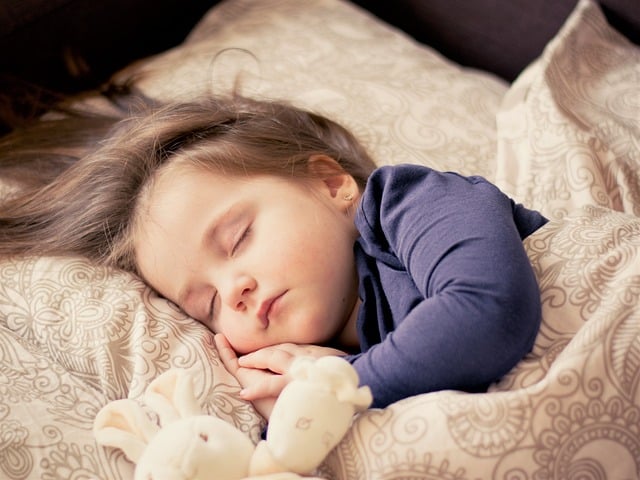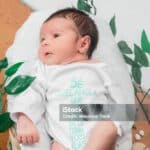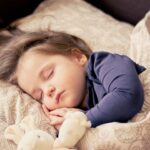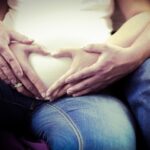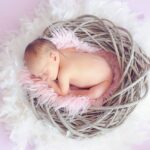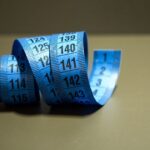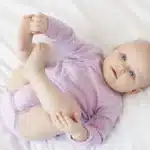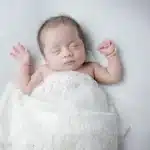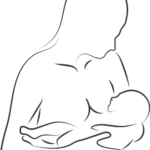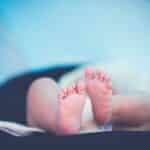7 Unsafe Sleep Products New parents will do just about anything to encourage their babies to sleep soundly. In the process, though, you may be tempted to surround them with cozy blankets and stuffed animals, any of which can actually create an unsafe sleep space inside a baby’s crib.
“Babies are safest when they are asleep on their back, in their own safe sleep space (crib or bassinet) without any toys, blankets, or pillows,” said Elizabeth Murray, D.O., a spokesperson for the American Academy of Pediatrics (AAP) and a pediatrician at Golisano Children’s Hospital at the University of Rochester. That is because babies can roll onto or into an object and not be able to roll back off, creating a serious suffocation risk.
Even products that claim to prevent SIDS should be avoided, experts say. “Honestly, if there [were] a product out there that could reduce SIDS, pediatricians would be singing its praises,” Dr. Murray says. The sad truth is that SIDS deaths don’t always have an explanation, and they can still happen even when parents do everything correctly. That said, Dr. Murray notes that “unsafe sleep deaths are almost completely preventable.”
AAP Safe Sleep Recommendations
The AAP recommends the following to reduce the risk of sleep-related deaths:
Placing babies on their backs to sleep
Using a firm, flat, non-inclined surface
Avoiding seats for sleep, such as car seats, strollers and swings
Lactation
Pacifier use
Keeping up to date on vaccines
Room-sharing but not bed-sharing for at least the first 6 months
Avoiding nicotine, alcohol, and recreational drugs
Avoiding products that claim to reduce the risk of SIDS
Supervised awake tummy time
Stop swaddling when the baby shows signs of rolling over; this usually is by the time they are 3–4 months old.
1. Loose Sheets or Blankets
Even though you can place a clean, snugly fitted sheet on a crib or bassinet mattress, you should not have loose sheets or blankets in your baby’s crib. “Dr. Murray says that even a simple sheet placed over the face of newborns and young infants can suffocate them. “Combine this with their lack of head control and consistent ability to control their hands and roll, and you can see why objects in the crib could be dangerous.” Instead, opt for a wearable blanket or sleep sack to keep them toasty.
2. Pillows
Babies do not need pillows to sleep, and they only present a potential suffocation hazard. “As they become a toddler but are still in a crib, you can add a small pillow or blanket if needed, but honestly most don’t require them until they move into a bed,” says Dr. Murray.
3. Stuffed Animals or Toys
Those plush toys look pretty, but they are much of a danger to your baby when inside the crib. So stash those stuffed animals somewhere else and do not put them inside the crib until your little one has complete control over the head and body.
“As they approach 1 year old and can fully roll and pull to a stand, a small stuffed animal or lovey is likely safe,” Dr. Murray says. Similarly, pacifiers are safe for babies in a crib at any age but skip the ones with stuffed animals attached unless you closely watch their sleep.
Also Read :Normal Newborn Breathing Patterns
4. Crib Tents
The crib tents can assist in keeping your little one secure in their crib and unwanted visitors, such as pets or insects, out. Sometimes sellers falsely market these products as safety devices, but in reality, they do not offer much help to babies—especially young babies—who might get caught up in them.
Crib tents have been associated with infant deaths and injuries. In 2012, the Consumer Product Safety Commission (CPSC) announced five retailers voluntarily recalled crib tents and play yard tents due to strangulation and entrapment hazards.
5. Bumpers
Crib bumpers are pads of fabric put inside a baby crib. According to many readily available products, they protect your little one from knocking into the hard side of the crib or slipping through the slats.
Modern cribs have tighter slats to avoid that very issue. In 2022, the National Safe Sleep for Babies Act of 2021 banned the manufacture or sale of crib bumpers. Dr. Murray says, “We know that babies do not get hurt by the railings of a crib, so crib bumpers are just not necessary.”
6. Sleep Positioners and Wedges
Sleep positioners often promote themselves as products that prevent rolling, with some claiming to reduce the risk of SIDS or reflux. Those sleep experts flatly reject sleep positioners. The Food and Drug Administration succinctly says it best: “Do not use infant sleep positioners due to the risk of suffocation.”
Tragically, babies have died after rolling over while using these products; their heads can become trapped in the soft fabric. The FDA has never approved a sleep positioner claiming to prevent SIDS.
7. Bedside Sleepers
A bedside sleeper is a bassinet with a retractable side that can sit beside your bed to make nighttime feedings easier. If they truly represent their own sleep space—meaning adult covers cannot accidentally cover the infant—they may be OK, Dr. Murray says.
However, babies have gotten trapped between an adult bed and the bedside sleepers. Some have also suffocated when parents or bedding rolled onto them. So, federal law requires bedside sleepers to meet specific standards and requirements, including:
Meeting ASTM’s requirement for a safe sleep environment that includes protection against Suffocation Stability of Small parts Pinching Shearing Folding Loading Side height Sharp edges
The other safety features against hazards include the following: prevention of safety hazards when used in other modes or configurations; a minimum side height on the lowered side; product disengagement to prevent entrapment; fabric-sided, enclosed openings; accessories that prevent suffocation and entrapments. Include safety warnings.
Even so, Dr. Murray explains, “They likely offer little additional benefit in ease of caring for your baby over a bassinet next to the parent’s bed. This is important as we know bassinets are safe for young infants.”
The Bottom Line
When it comes to your baby’s sleep environment, it’s always better to be safe than sorry. Follow this advice from the AAP: Keep any items that could increase the risk of entrapment, suffocation, or strangulation out of your baby’s crib. This includes pillows, blankets, stuffed animals, and bumper pads. Also, don’t forget that the AAP recommends flat surfaces for sleep—so avoid wedges, positioners, and specialized sleep surfaces. If you or your little one are having trouble getting those oh-so-crucial hours of shuteye, well, there are certain products that can definitely help in doing so without posing a risk.
